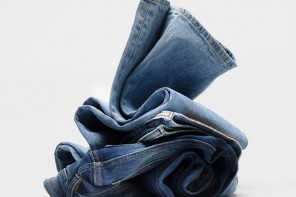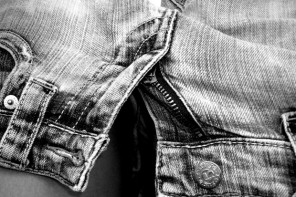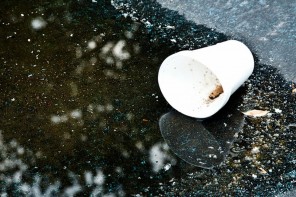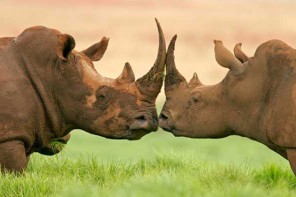Your Guide To Natural Fabrics
With the plethora of fabrics out there, we thought we´d give you a breakdown and explanation of the most eco-friendly fabrics out there. These fabrics include: bamboo, organic cotton, organic wool, hemp and silk.
Bamboo
Bamboo is actually a grass and is the fastest growing plant in the world. It can reach its maximum height in 3 to 4 months and reaches full maturity in 3 to 4 years. Bamboo is completely sustainable and can be grown without pesticides. Bamboo is also 100% biodegradable.
Bamboo fabric is incredibly soft and has a natural sheen to it. It is naturally anti-microbial which means that the fabric actually prevents bacteria from growing on it, resulting in clothing that remains odour-free longer than other fabrics. Bamboo is naturally breathable to help keep you dry and comfortable. Bamboo fabric stays around 2 degrees cooler in hot weather and can also keep you warmer in cool weather.
Woolies has a great bamboo range including clothing and linen while Wellness Warehouse has a bamboo facial range.
Organic Cotton
Although cotton is a natural fibre, farmers apply harmful chemical fertilisers and pesticides on every cotton harvest. When all nineteen cotton growing states in the US are tallied, cotton crops account for twenty-five percent of all the pesticides used in the US. Some of these chemicals are among the most toxic classified by the US Environmental Protectection Agency.
According to the Organic Exchange, conventionally grown cotton consumes approximately 25 percent of the insecticides and over 10 percent of the pesticides used in the world. Organic cotton, on the other hand, is produced using only natural fertilisers, pesticides and phosphates, making it much healthier for the environment and safer for farm workers.
Organic production systems replenish and maintain soil fertility, reduce the use of toxic and persistent pesticides and fertilisers and build biologically diverse agriculture.
Together with the ComMark Trust, Cotton SA and the Organic Exchange, Woolworths has set up a pilot programme which will result in the planting of South Africa’s first commercial scale trial crop of organic cotton. The project is currently running on a number of farms in the Eastern Cape and Limpopo under the direction of the Agricultural Research Council’s Institute for Industrial Crops. Click on the link for more info on Woolies organic cotton farming.
Organic Wool
In order for wool to be certified as “organic,” it must be produced in accordance with federal standards for organic livestock production. Federal requirements for organic livestock production include:
- Livestock feed and forage used from the last third of gestation must be certified organic;
- Use of synthetic hormones and genetic engineering is prohibited;
- Use of synthetic pesticides (internal, external, and on pastures) is prohibited, and
- Producers must encourage livestock health through good cultural and management practices.
Organic livestock management is different from non-organic management in at least two major ways:
- Sheep cannot be dipped in parasiticides (insecticides) to control external parasites such as ticks and lice
- Organic livestock producers are required to ensure that they do not exceed the natural carrying capacity of the land on which their animals graze.
Hemp
Industrial hemp has many uses, including paper, textiles, biodegradable plastics, construction, health food, and fuel. It is one of the fastest growing biomasses known, and one of the earliest domesticated plants known.
Hemp requires little to no pesticides, no herbicides, controls erosion of the topsoil, and produces oxygen. Furthermore, hemp can be used to replace many potentially harmful products, such as tree paper (the processing of which uses chlorine bleach, which results in the waste product polychlorinated dibensodioxins, popularly known as dioxins, which are carcinogenic, and contribute to deforestation), cosmetics, and plastics, most of which are petroleum-based and do not decompose easily. The strongest chemical needed to whiten the already light hemp paper is non-toxic hydrogen peroxide. (Wikipedia)
The Hemporium has a super range of hemp products.
Silk
Silk is the protein fibre spun by a silk moth larvae. It is a natural fibre and is readily biodegradable after its useful life. Unlike most petroleum-based fabrics that stick around for more than 500 years, silk can turn into mulch compost and ulimately soil. It is a renewable resource, as opposed to a finite material, such as fossil fuel derived textiles, like nylon or acrylic.








